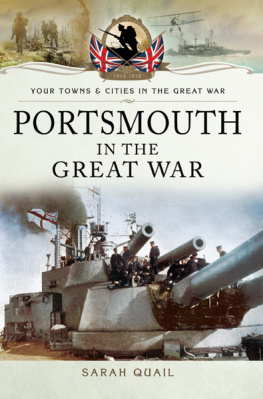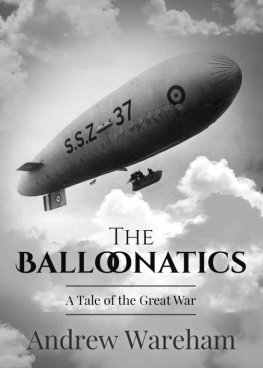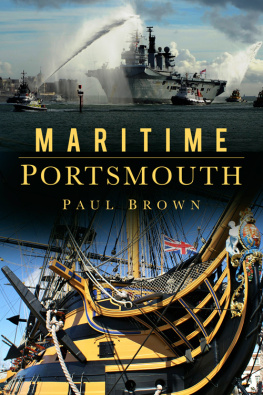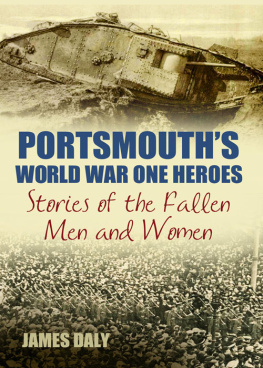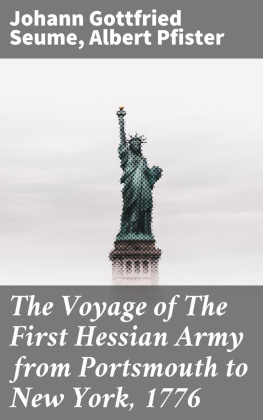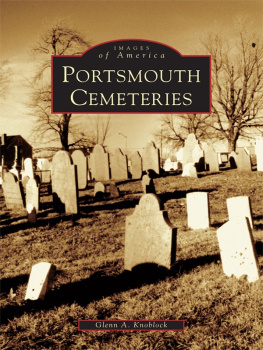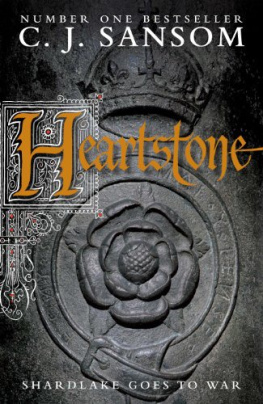First published in Great Britain in 2014 by
PEN & SWORD MILITARY
an imprint of
Pen and Sword Books Ltd
47 Church Street
Barnsley
South Yorkshire S70 2AS
Copyright Sarah Quail, 2014
ISBN: 978 1 78346 276 6
EPUB ISBN: 978 1 47384 780 4
PRC ISBN: 978 1 47384 791 0
The right of Sarah Quail to be identified as the author of
this work has been asserted by her in accordance with the Copyright,
Designs and Patents Act 1988.
A CIP record for this book is available from the British Library
All rights reserved. No part of this book may be reproduced or transmitted
in any form or by any means, electronic or mechanical including
photocopying, recording or by any information storage and retrieval
system, without permission from the Publisher in writing.
Printed and bound in England
by CPI Group (UK) Ltd, Croydon, CR0 4YY
Pen & Sword Books Ltd incorporates the imprints of
Pen & Sword Archaeology, Atlas, Aviation, Battleground, Discovery,
Family History, History, Maritime, Military, Naval, Politics, Railways,
Select, Social History, Transport, True Crime, and Claymore Press,
Frontline Books, Leo Cooper, Praetorian Press, Remember When,
Seaforth Publishing and Wharncliffe.
For a complete list of Pen and Sword titles please contact
Pen and Sword Books Limited
47 Church Street, Barnsley, South Yorkshire, S70 2AS, England
E-mail:
Website: www.pen-and-sword.co.uk
Contents

This book is dedicated to
the people of Portsmouth, young and old,
men and women, who served this country at home
and abroad during the First World War.
Preface

I was very aware when I began work on this book that Portsmouth in the First World War was a well-explored subject already. Within a year of the end of hostilities one of the local newspapers, the Evening News, had published a memorial volume, Portsmouth and the Great War. It is not so much a history of the war as a chronicle of different sectors war work. The book is illustrated with photographs by local photographer Stephen Cribb and also lists the names of the Portsmouth men who died in the conflict. It has been out of print for many years but the Evening Newss successor title, The News, has reprinted it to mark the centenary of the First World War. More recently, Portsmouth writers such as John Sadden have published well-received books on the subject. The problem for me therefore was how best to strike out on my own and avoid too much repetition of previously-published sources?
I was fortunate. I had noticed material to do with the First World War in the Portsea Parish Magazines some years ago when I was working on a centenary history of the present church building, and when I looked at the bound volumes once again, it was clear that here was a rich and unexplored source of material. I was similarly lucky at the National Museum of the Royal Navys Library in Portsmouth Naval Base. Looking at accession dates, it was clear that a lot of original material had been deposited by First World War veterans in the late twentieth century, possibly when their families were sorting out their effects. These are not official records. They are very personal, and I do not think that any of the writers I have quoted were writing for posterity. Their material ranges from a handful of letters to whole volumes, and often several of them, in which the writers record what they see and how they feel, their hopes and fears and, often, where they think the strategists have got it wrong! There are letters to mothers and fathers, to wives and girlfriends. Most of the diaries though seem to have been written for the sheer pleasure of putting pen to paper. This material constituted another unexplored source, this time on the experiences of naval men, the branch of the armed services whose story is inextricably entwined with that of the town of Portsmouth. This may not always have been their home town but it was often where they joined up, where their ship was based or where they trained over the years.
Other material has been drawn to my attention by friends and acquaintances who knew how keen I was to identify new sources. There may be criticism of my approach. The story I tell is not confined to domestic hearths but ranges round the world, and follows quite deliberately the main narrative of events during the First World War. It was Portsea curate, Ellis Edge-Partington, who said early in the war, Portsmouth can be found anywhere - Good Old Pompey!
Acknowledgements

I am indebted to a number of individuals and institutions whose advice and assistance has enabled me to write this book. First of all, I must thank the National Museum of the Royal Navy (NMRN) for permission to quote material in the List of Books and Sources at the back of this book and to reproduce photographs. I am also grateful to their library staff who courteously got out a great deal of material for me to study during the summer months of 2013. I am equally grateful to staff at the Portsmouth History Centre in the Central Library who gave me permission to quote material and in their turn produced a number of books and documents for me to look at, many of which had to be brought in from their out store. I must also acknowledge the fact that Lieutenant Rundells letters are reproduced courtesy of Mr Jack Clayton, and the photographs of women dockyard workers by kind permission of the Portsmouth Royal Dockyard Historical Trust.
I must thank too the family of Dr Fred Gladstone for permission to quote from his diary, particularly his descendant, Deborah Aylward, and her husband, Meyrick, who first drew my attention to the doctor, his diary and his remarkable collection of photographs which they have most generously given me permission to reproduce. I am also grateful to several people at Portsmouth Grammar School who have helped me in different ways: Head of History, Simon Lemieux, the Headmasters Personal Assistant, Jane Moody, and the School Archivist, John Sadden. John Sadden gave me access to the Percy F. Westerman Collection in the School Library. He also gave me permission to reproduce his own copy of a postcard of old boy, Lieutenant Norman Holbrook VC, and answered many different questions with great patience. Simon Lemieux provided me with copies of the remarkable piece of work undertaken in 2000 by Third Year pupils, History Department staff and colleagues on OPs (Old Portmuthians) who died in the First World War, and I should express my gratitude here to the pupils, young men and women now in their late twenties, for their labours then.
Other people who have helped me with sources, answered my questions or given me assistance include Dave Jordan who generously lent me postcards of Portsmouth scenes to reproduce; Phil Parkinson of PLC Architects who lives and works today at Brankesmere, and generously lent me copies of pictures he took when he completed the restoration of this fine house; former colleague, Rosemary Phillips; Richard Brooks who gave me advice on Fred Jane and espionage matters; Nigel Gossop who is an invaluable source of information on Percy F. Westerman; former Royal Navy officer, Michael Dobson, who patiently answered questions on naval matters and Leigh Asher of asherdesignandprint who gave me invaluable assistance in preparing my illustrations for this book.
Finally, I must thank my husband who has lived patiently for the last twelve months with a project which proved a great deal more time-consuming and demanding than either of us anticipated when I began! Thank you!
Next page
